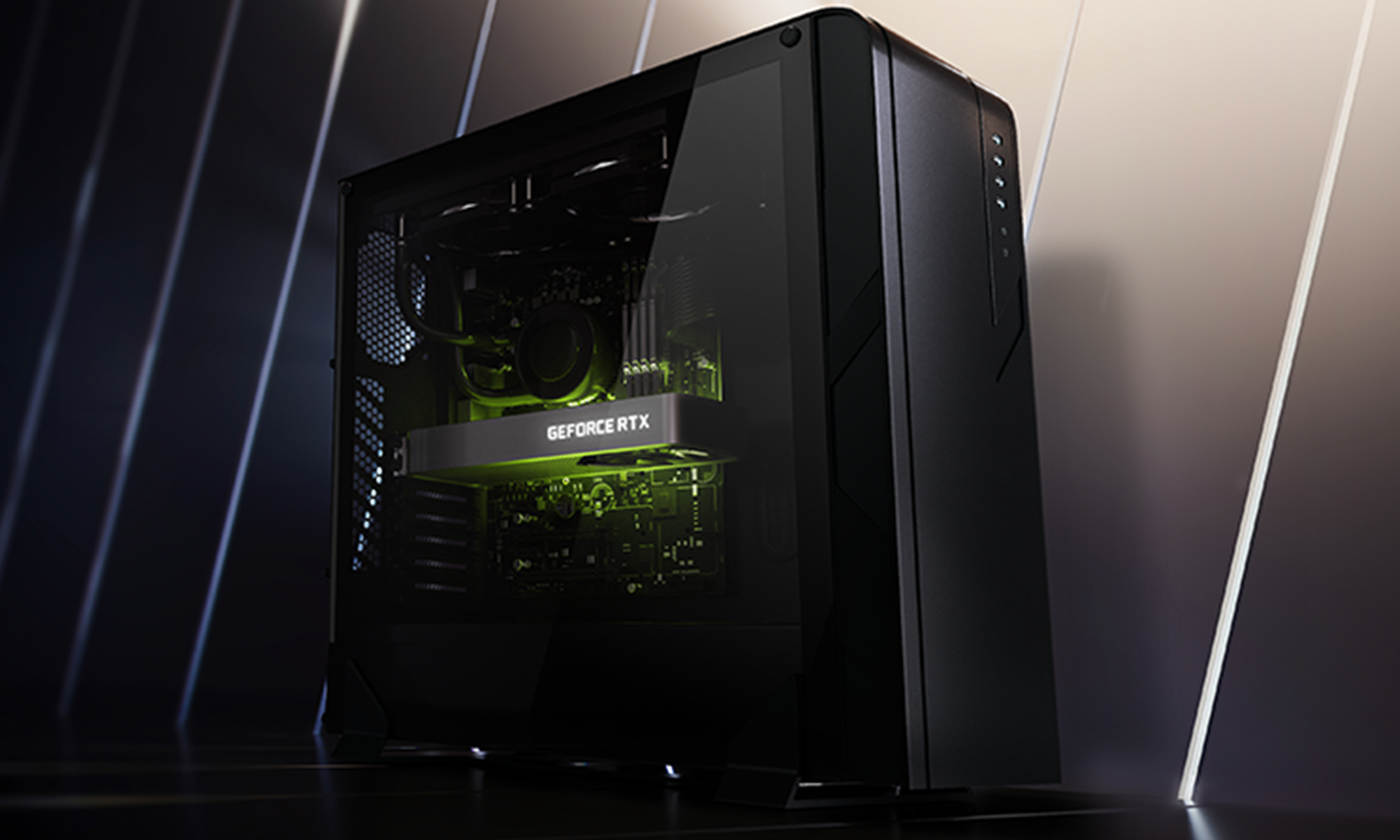
Image credit: NVIDIA.
There has been some speculation in the press that graphics specialist NVIDIA (NVDA 1.55%) will start manufacturing some of its chips at Samsung Electronics (NASDAQOTH: SSNLF) at the expense of the company's longtime manufacturing partner, Taiwan Semiconductor Manufacturing Company (TSM 1.45%).
In this column, I'd like to make the case that, even if this report is true and TSMC does lose some NVIDIA orders to its arch-rival, the loss isn't likely to extend beyond a generation or so. Here's why.
What happens beyond the 14/16-nanometer generation?
All of the chips that NVIDIA has announced thus far based on its Pascal architecture (GP100, GP102, GP104, and GP106) are built on TSMC's 16-nanometer technology. It's not yet clear where the upcoming GP107 and GP108 chips -- the two lowest-end products in the Pascal product stack -- will be manufactured, but if any Pascal-based chip will be manufactured by Samsung, these are the two likely candidates.
It's widely believed that NVIDIA's next-generation graphics-processor architecture, known as Volta, will also be manufactured in a 14/16-nanometer-manufacturing technology. (Fudzilla and a well-known leaker on Baidu (BIDU +1.78%) both say 16-nanometer.)
However, as I wrote in a recent article, it appears that, after the 14/16-nanometer generation, NVIDIA will not use a 10-nanometer chip-manufacturing technology and will, instead, skip directly to a 7-nanometer technology to build future products.
It's worth noting that TSMC is expected to begin mass production of its 7-nanometer technology in the first half of 2018. If we assume that NVIDIA follows its publicly stated strategy of using a process after the major mobile players have built products on it for quite some time, then we could see the graphics specialist start using this technology in the first half of 2019.
Interestingly, it looks as though Samsung will stay on its 10-nanometer technology for quite a bit longer than TSMC intends to. In an interview with EETimes, Samsung's Kelvin Low said that a transition to EUV lithography "is an important enabler for a 7-nanometer cost affordable node." Per the article, he also was "not ready to announce availability for 7-nanometer EUV."
My guess, then, is that if Samsung is betting on EUV for its 7-nanometer process, we probably won't see it in mass production until maybe 2019, or perhaps even 2020. Further, given NVIDIA's strategy of not being the first user of a given technology, it would be some time after Samsung began initial volume production before the graphics specialist would be likely to use the technology.
What's the bottom line?
My view is that, even if Samsung wins some NVIDIA business in the 14/16-nanometer generation (and this certainly remains to be seen), I don't think the relationship will last beyond a product cycle or two.
TSMC looks as though it will gain a significant technology lead over Samsung starting in 2018, which should allow it to reclaim any business that it loses at the 14/16-nanometer generation. Given the performance-sensitive nature of NVIDIA's products, it's unlikely that the graphics specialist would use an inferior technology for the sake of supplier diversification.






